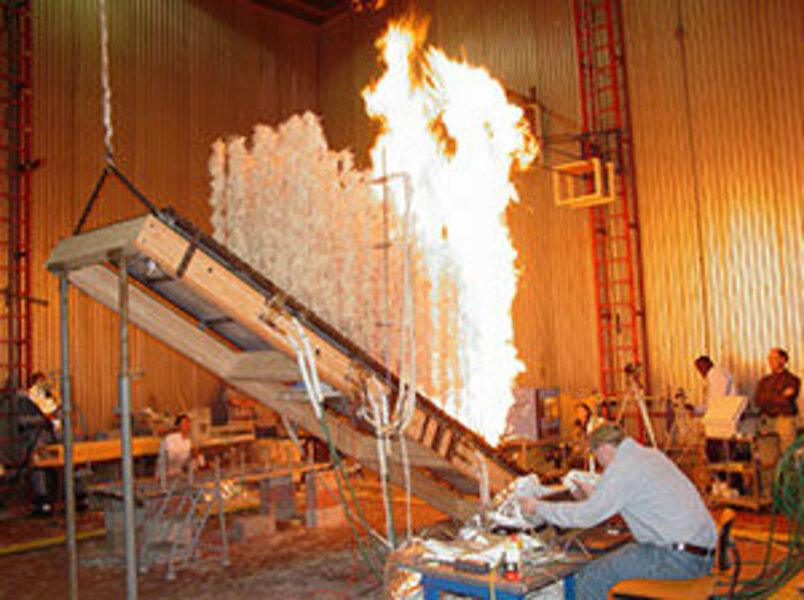After millennia of harnessing, fighting, and simply being mesmerized by fire, humans still know little about how wildfire actually spreads, research forester Mark Finney told The Atlantic. How are flames able to travel horizontally and spread? Why do live plant materials combust so easily when they are essentially all water?
With high-speed cameras and digital imaging tools at the ready, Mr. Finney and his fellow researchers routinely set experimental fires in wind tunnels, combustion chambers, and fire-whirl generators at the Missoula Fire Science Lab in Missoula, Mont.
By studying flame structures and fire dynamics in the laboratory, scientists can help firefighters better predict how a wildfire might spread in the field.






